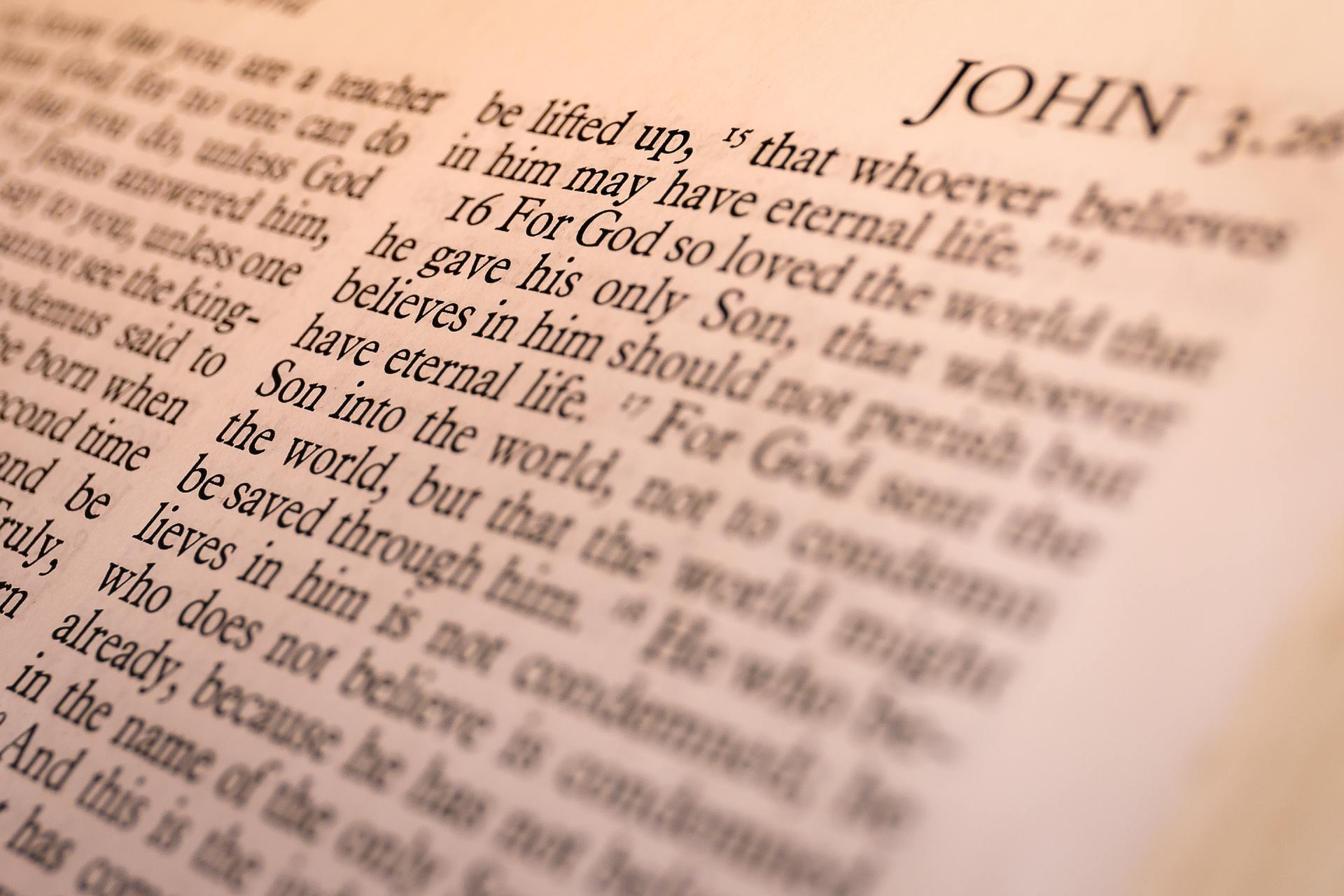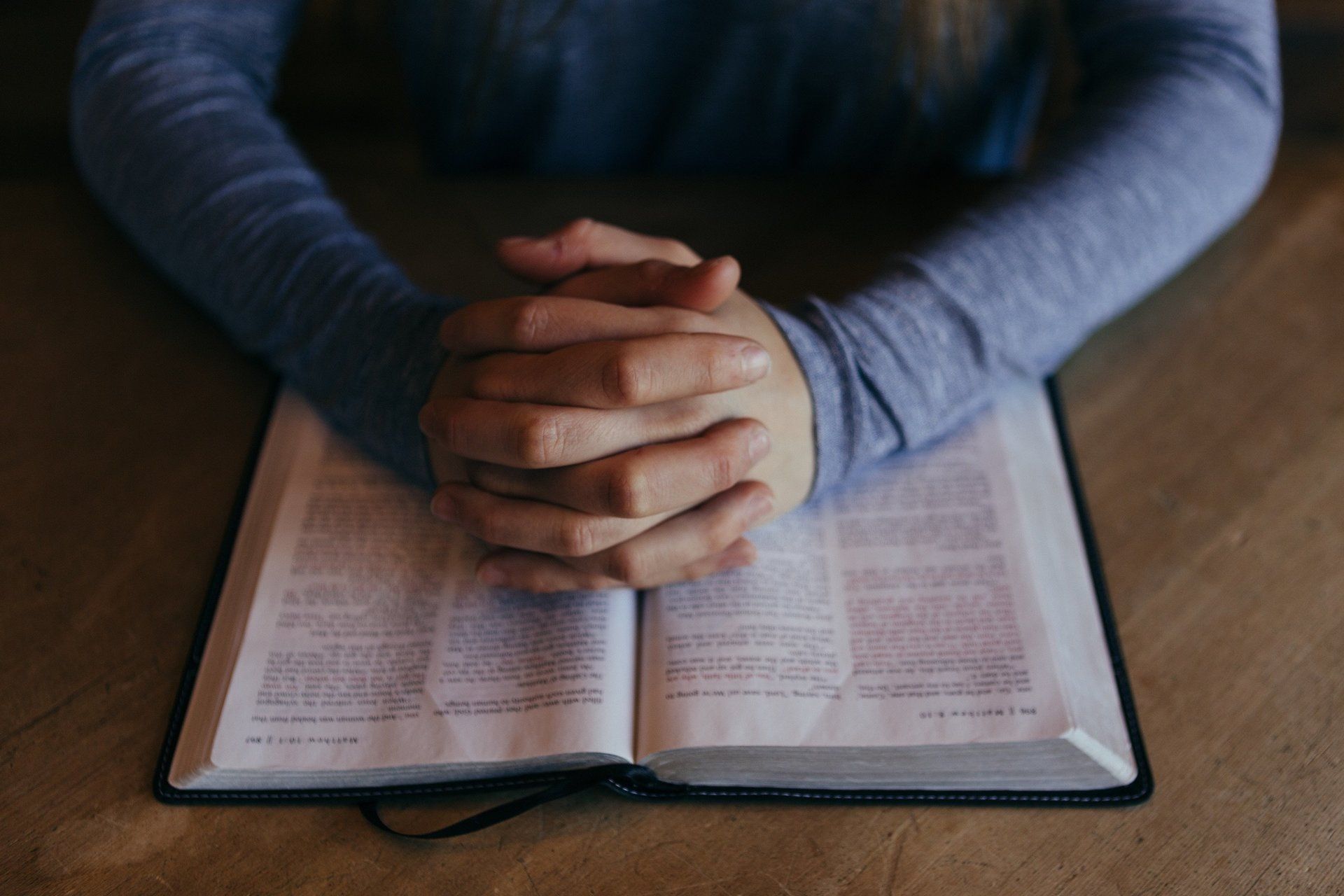Candlemas: The Feast of the Presentation of the Lord
Candlemas, celebrated on February 2, marks the Feast of the Presentation of the Lord, commemorating the moment when Mary and Joseph brought the infant Jesus to the Temple in Jerusalem. This event, described in Luke 2:22-40, fulfills the Jewish law of purification and consecration of the firstborn to God. Candlemas is also called the Feast of the Purification of the Blessed Virgin Mary and is traditionally associated with the blessing of candles, symbolizing Christ as the Light of the World.
Biblical Foundation
The Gospel of Luke 2:22-40 recounts how Mary and Joseph, in obedience to Jewish custom, presented Jesus in the Temple. There, they encountered Simeon, a righteous man who had been promised by the Holy Spirit that he would see the Messiah before his death. When Simeon saw Jesus, he proclaimed the famous Canticle of Simeon (Nunc Dimittis):
"Now, Master, you may let your servant go in peace, according to your word,
for my eyes have seen your salvation,
which you prepared in sight of all the peoples,
a light for revelation to the Gentiles,
and glory for your people Israel."
(Luke 2:29-32)
This declaration affirms Jesus as the Light of the World, bringing salvation to both Jews and Gentiles. The prophetess Anna, present in the Temple, also recognized Jesus as the long-awaited Redeemer and began to spread the good news.
Theological Significance
Candlemas is rich in spiritual meaning:
- Christ as the Light of the World – The blessing of candles symbolizes Jesus as the true Light who dispels the darkness of sin.
- Obedience and Humility – Mary and Joseph, though sinless, followed the Mosaic Law, demonstrating their humility and faithfulness.
- The Role of Prophecy – Simeon and Anna, through divine inspiration, recognized Jesus as the fulfillment of God’s promises.
- Preparation for Lent – Falling exactly 40 days after Christmas, Candlemas serves as a bridge between the joy of Christ’s birth and the journey toward His Passion.
Historical Development
The feast of Candlemas dates back to the 4th century in Jerusalem, where it was originally called the "Feast of the Meeting" (Hypapante) in Eastern Christianity. By the 7th century, it was widely celebrated in Rome, and the tradition of blessing candles emerged, reflecting Christ’s light shining in the world.
In medieval Europe, Candlemas was considered a key festival, and people would bring candles to church to be blessed, then use them in their homes throughout the year for protection and prayer.
Liturgical Traditions and Customs
Candlemas is celebrated with special blessings and processions in many Catholic and Orthodox communities. The key traditions include:
- Blessing of Candles – A priest blesses candles, which the faithful take home as a sign of Christ’s presence and protection.
- Candlelight Processions – Symbolizing Simeon’s recognition of Christ as the Light of the Nations, many parishes hold candlelight processions before Mass.
- Marian Devotion – Since Candlemas also marks the Purification of Mary, some traditions focus on honoring the Blessed Virgin.
In some cultures, Candlemas marks the official end of the Christmas season, when Nativity scenes and decorations are taken down.
Spiritual Lessons from Candlemas
- Recognizing Christ in Our Lives – Like Simeon and Anna, we are called to see and proclaim Jesus as the Light of the world.
- Living in the Light of Christ – The blessed candles remind us to be bearers of Christ’s light through our words and actions.
- Trusting in God’s Promises – Simeon’s long-awaited encounter with the Messiah teaches us patience and faith in God's plan.
A Feast of Light and Hope
Pope St. John Paul II once said:
"Candlemas reminds us that Jesus came as a light shining in the darkness, and He calls us to be a light for the world."
As we celebrate Candlemas, may we renew our commitment to Christ and carry His light into a world in need of His love and truth. Let us, like Simeon, recognize Jesus as our salvation and proclaim His presence with joy.




